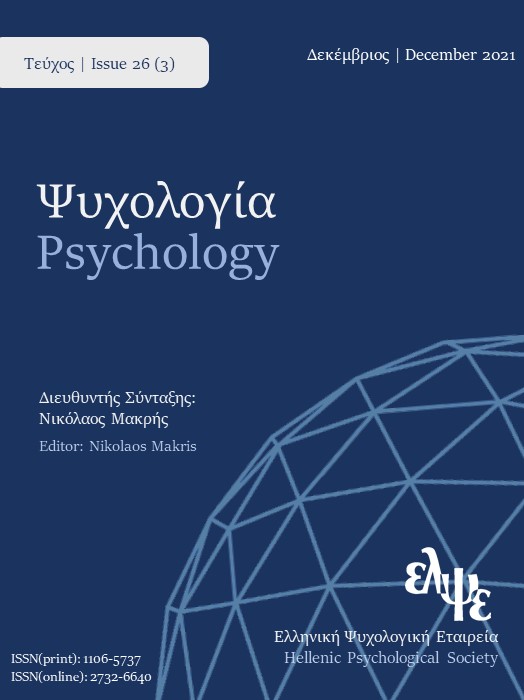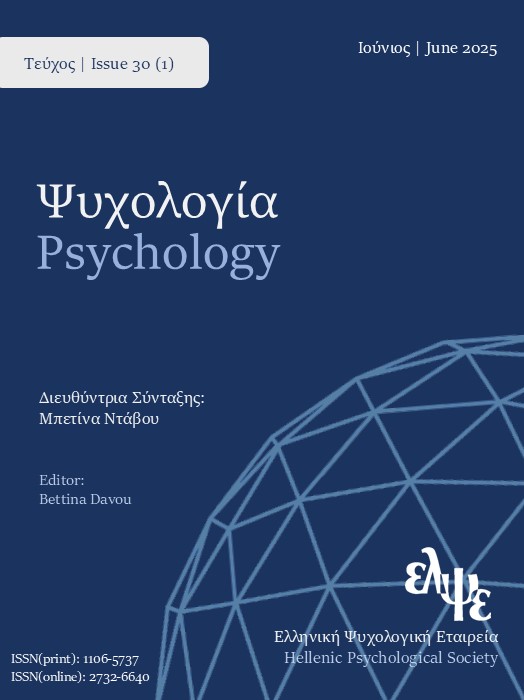The dilemma of non-agency vs. provocativeness in victimhood accounts of young people

Abstract
Psychological theory and research on school violence and bullying have interlinked
the victim's profile to vulnerability and irresponsiveness, without alternative
constructions of victim's identity being discussed. This strand of research
approaches victims as members of low-status groups, and thus as statedly holding
a less dominant position among their peers. While social-psychological research
drawing on social identity approach has argued that young people who are
victimized are likely to build up on a common identity, the present paper discusses
how young people in their everyday interactions may be distanced from the nonagentic identity of victim. The purpose of the present study is to analyze how the
victim's identity is constructed in young people's interactions regarding bullying
and violence. To analyze the data, concepts/tools drawing on discursive psychology
and rhetorical psychology are used. Victimhood dilemmas arose in lay interaction,
with the main concern of young people being not to be self-positioned as victims.
The victim's identity was often related to a lack of agency or even to slight
provocativeness. While the perpetrators were very often constructed as irrationally
aggressive people, in other cases, the participants were mainly referred to the
victim's provocativeness or excessive passivity to justify the persistence of
victimizing acts.
Article Details
- How to Cite
-
Karagianni, K., & Sapountzis, A. (2023). The dilemma of non-agency vs. provocativeness in victimhood accounts of young people. Psychology: The Journal of the Hellenic Psychological Society, 28(1), 195–212. https://doi.org/10.12681/psy_hps.30552
- Section
- RESEARCH PAPERS

This work is licensed under a Creative Commons Attribution-ShareAlike 4.0 International License.
The journal PSYCHOLOGY adopts a Platinum open-access policy. Submission, processing or publication costs are waived by the Hellenic Psychological Society. Papers published in the journal PSYCHOLOGY are licensed under a 'Creative Commons Attribution-ShareAlike 4.0 International' licence. The authors reserve the copyright of their work and grant the journal the right of its first publication. Third-party licensees are allowed to use the published paper immediately after publication as they wish, provided they retain the defined by the license copyright formalities, regarding the reference to its author(s) and its initial publication in the journal PSYCHOLOGY. Moreover, any adjusted work should be shared under the same reuse rights, so with the same CC license.




